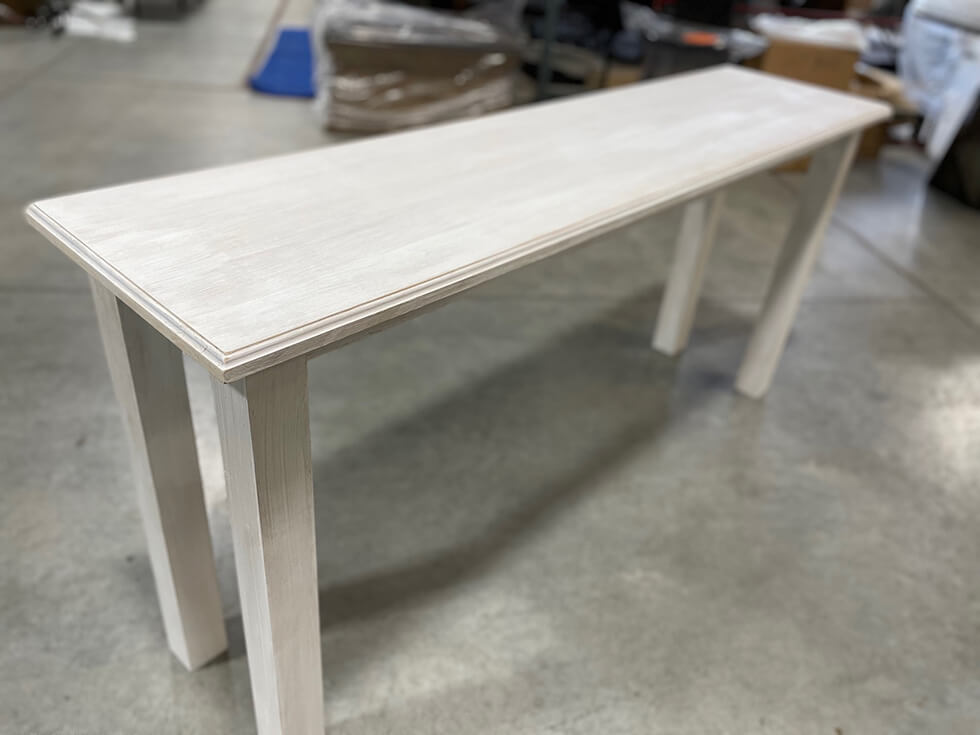When it comes to creating custom wood tables, the design possibilities are endless. One design technique that can truly elevate a piece is inlaying. Inlaying is the process of inserting one material into another to create a pattern or design. In the case of custom wood tables, this involves incorporating one or more types of wood into the surface of the table. In this blog post, we’ll explore the art of inlaying wood in custom table designs, including different inlay techniques and how they can enhance the look of your kitchen table.
The first step in creating an inlay design is to choose the types of wood you want to use. Many custom furniture makers use contrasting colors and textures of wood to create a dramatic effect. For example, a dark mahogany table with a lighter inlay design can create a beautiful contrast. Alternatively, using the same type of wood for both the table and inlay can create a subtle, more unified design.
Once you have selected the types of wood you want to use, it’s time to choose an inlay technique. Here are a few common techniques used by custom furniture makers:
- Stringing: This technique involves creating a groove in the surface of the table and then inserting a thin strip of contrasting wood into the groove. This creates a clean, linear design that can add visual interest to a table.
- Marquetry: This technique involves cutting and arranging small pieces of wood in a specific pattern or design. The pieces are then glued to the surface of the table. Marquetry can create intricate designs that can be quite beautiful.
- Parquetry: Similar to marquetry, parquetry involves cutting and arranging small pieces of wood in a pattern or design. However, parquetry is typically used to create geometric patterns rather than intricate designs.
- Intarsia: This technique involves cutting and fitting pieces of wood together like a puzzle. This technique is often used to create 3D designs or sculptures on the surface of the table.
No matter which technique you choose, incorporating an inlay design into your custom wood table can add depth, texture, and visual interest to the piece. Additionally, inlaying can be a great way to personalize your table by incorporating designs or patterns that are meaningful to you. For example, you could incorporate a family crest or a meaningful quote into the inlay design.
Another benefit of inlaying wood into your custom table design is that it can help protect the table from damage. The inlaid wood can create a barrier against scratches, dings, and water damage, helping to prolong the life of the table.
When it comes to choosing a custom furniture maker to create your inlaid wood table, it’s important to choose someone who has experience with inlay techniques. Inlaying requires precision and skill, so you’ll want to work with a furniture maker who has a track record of producing high-quality work.
In conclusion, incorporating an inlay design into your custom wood table can add a unique and beautiful touch to your kitchen table. Whether you choose a simple stringing design or an intricate marquetry pattern, inlaying is an art form that can truly elevate your piece. If you’re considering a custom wood table with an inlay design, be sure to work with an experienced furniture maker who can bring your vision to life.
Ready to beautify your home? Call us today! Fox in The Sawdust.

